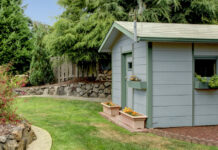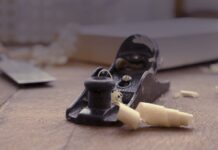Practicality is a key consideration for homeowners when it comes to flooring, and as a result, many are opting for hard floor options, especially in high traffic areas, so having the right finish is vital. The array of hard flooring types available offer everything from wide and varied designs, low maintenance, durability and affordability. But for a truly timeless look, real and engineered wood are still popular choices, and while they can be more expensive at the outset, to buy and install, real wood offers longevity if maintained correctly.
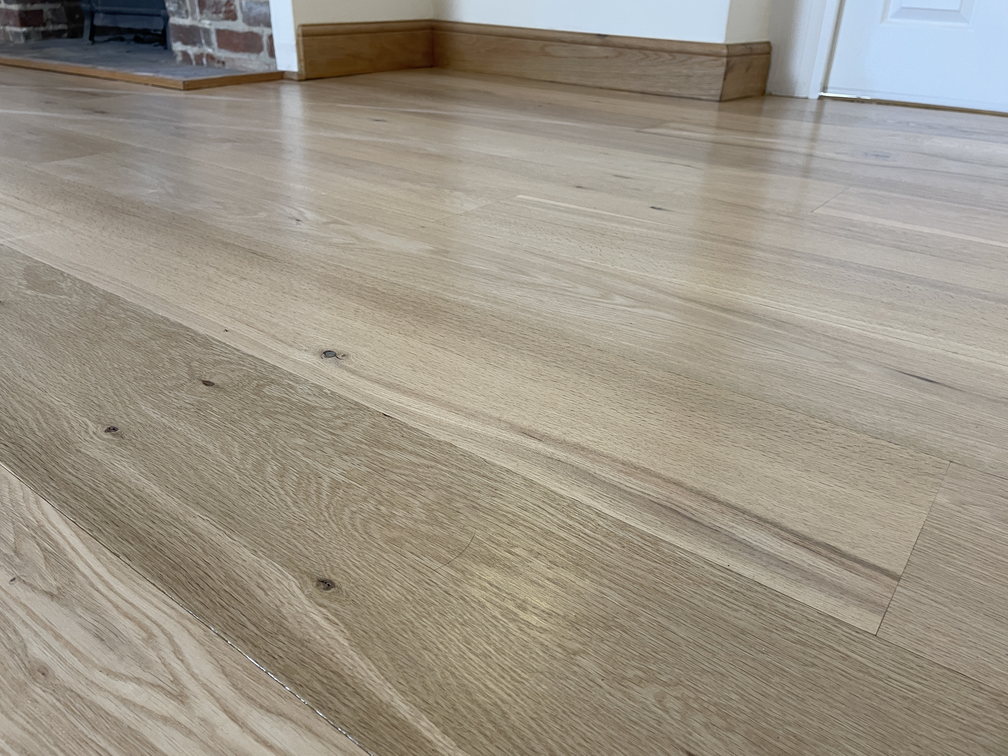
However, when it comes to types, finishes and maintenance, we understand it can be a minefield to navigate. Therefore, Wood Finishes Direct are to give you advice on choosing the right real wood flooring for your home and the best care tips to keep it looking its best.
Types of wooden flooring explained
If you’re considering a wooden floor in your home and are a little bewildered by the types and finishes available, you’ve come to the right place! Firstly, it’s important to decide whether you want real, solid wood or engineered wood.
Solid wood is available in planks of varied lengths and widths and can be used to create any look from a simple, straight plank design to parquet styles including herringbone, chevron and basket weave. It is usually the thickest type of flooring available, at around 15 – 25mm thick.
Engineered wood is a more affordable option for those wanting a real wood floor look without the higher price. Engineered is comprised of a layer of real wood over a composite board, rather than one solid piece of wood.
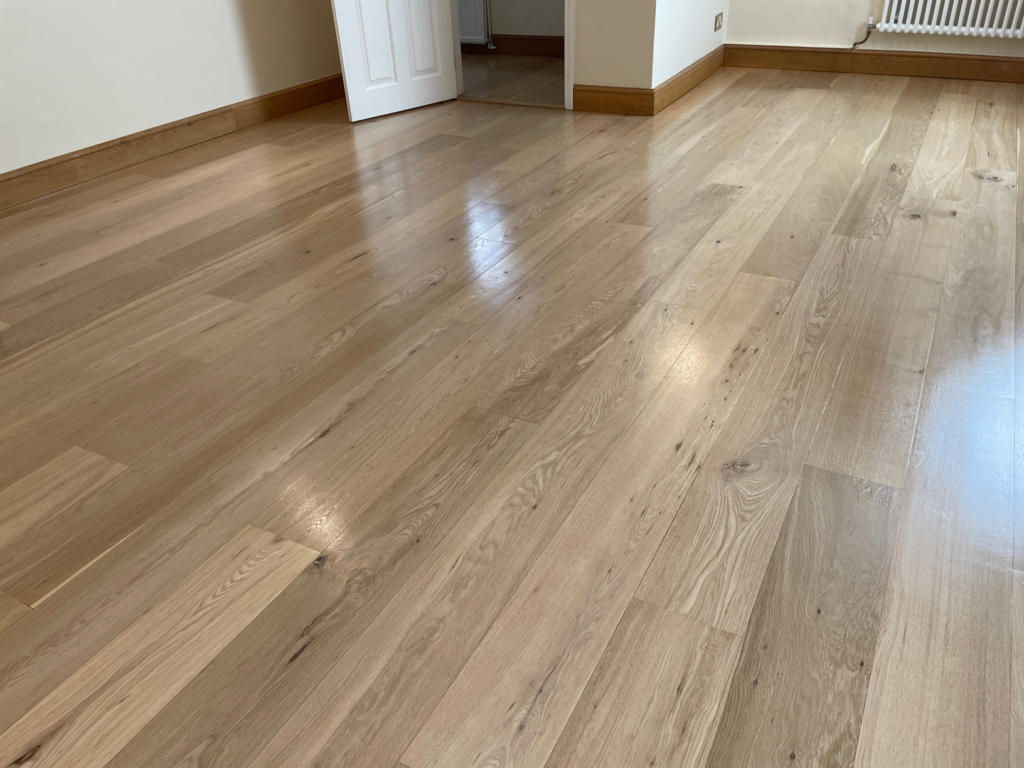
Both of these types of flooring can be subject to repairs such as sanding and filling, and can be refinished with products including varnish, oil or lacquer. However, as the engineered wood has a thinner veneer, there is a limit to how many times sanding can occur, but this is varied depending on the veneer thickness.
Considering the right wood and finish for your home
There are hard and softer wood types and this should be a real consideration for any homeowner. Pine can be attractive for those looking for a classic country look with a knotty woodgrain, but it will be more prone to denting than a hardwood such as oak or birch.
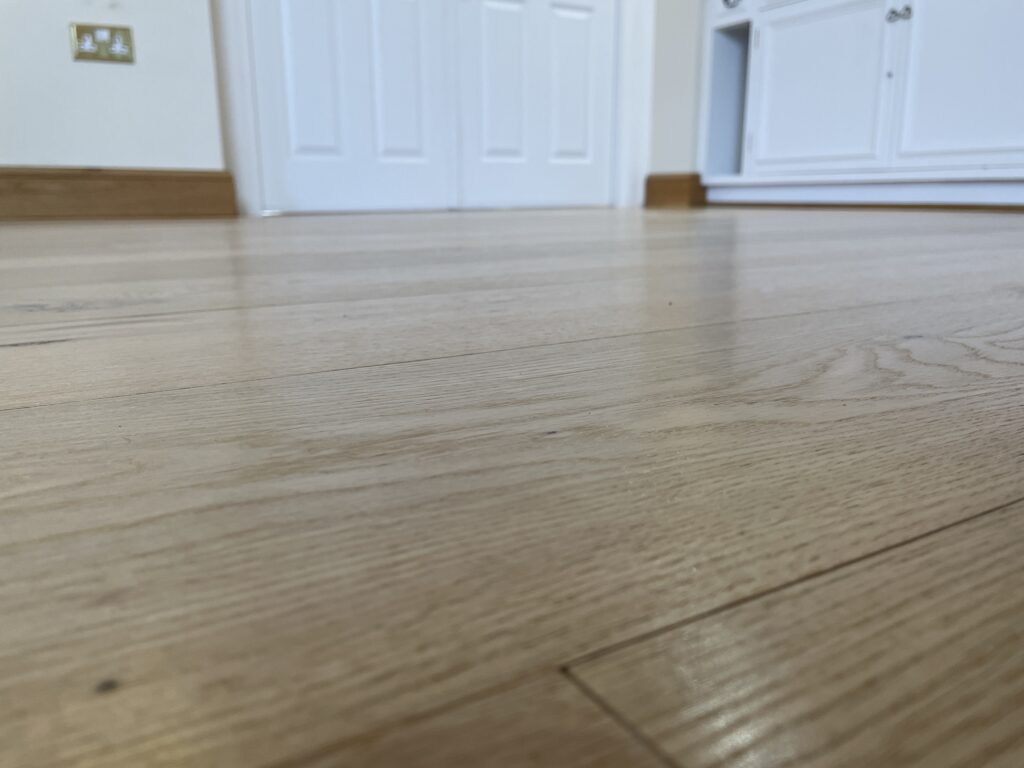
Oak is a popular choice for those looking for a more subtle grain, and it is a wood which works with many décor schemes, so is very versatile when considering the number of times you might restyle a room over 20 years.
Wood finish options have become increasingly plentiful and sophisticated, giving homeowners real variety of choice on tone, depth of hue, sheen level, durability and ease of use. Stains range from wood colours such as classic oak, like the stains we stock from the Manns range – through to grey toned options for those looking to bring a contemporary feel to the wood.
When it comes to finishes, an oil offers a high level of protection, ease of application and leaves a nice sheen – and tends to be favoured by those wanting a more natural finish. If tougher protection is your highest priority for instance, in high traffic areas a tough floor varnish product will do the job and many offer a variety of sheen levels, from matt through to satin, gloss and high gloss. Most types of wood flooring finish can be applied using a brush, roller, floor pad or in some cases, a soft cloth.
Wooden flooring is not suitable for high moisture rooms such as a bathroom. It can be suitable in a kitchen as long as it is protected and maintained correctly.
Cleaning a wooden floor
Wood is a natural product that will swell or warp if subjected to a lot of water or steam, so steam mops should be avoided, as should traditional mops that can hold a lot of water. Dry and damp mopping is best, with minimal moisture and ideally. We’d recommend you look at some dedicated floor cleaning products that are specifically designed for interior wooden flooring. Try to ensure there is no visible water left on the floor’s surface.
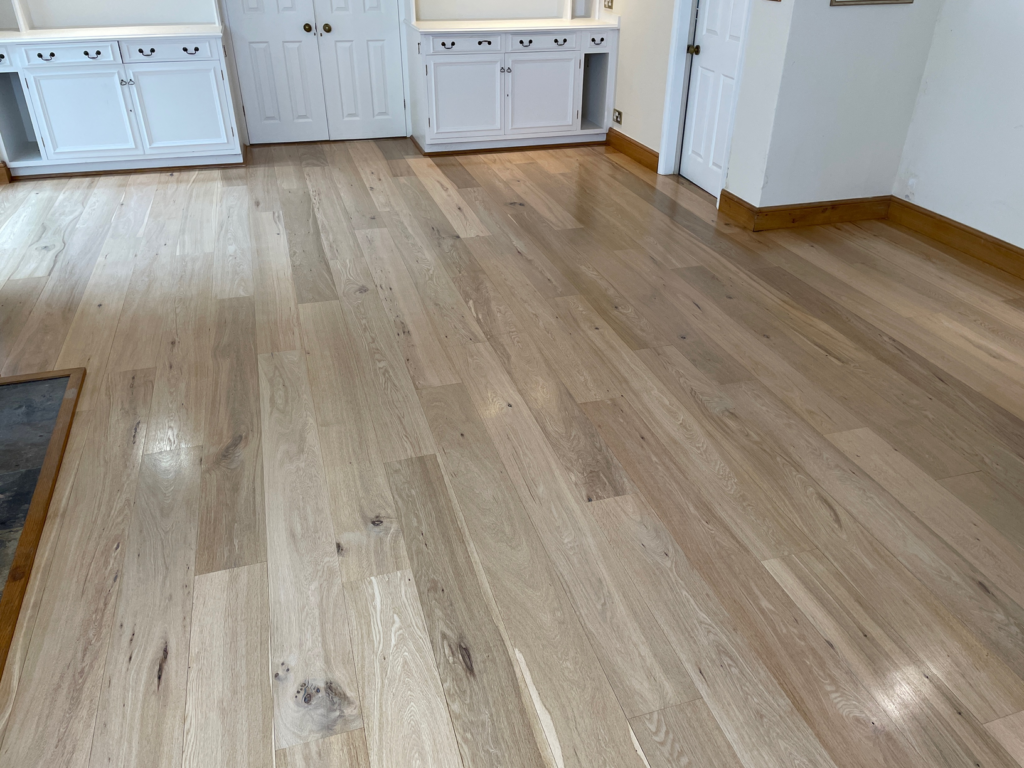
Keep the wood in tip top condition with regular sweeping with a soft brush (to avoid dragging any dirt and debris across the wood and damaging the surface) or a light vacuum.
These tips are relevant for both engineered wood and solid wood floor options.
Repairing dents, scratches and gouges
Let’s face it, in any busy family home, your flooring is at risk from damage from footwear, pet claws and furniture being moved around – intentionally or accidentally! Thankfully, real wood options are suitable for repairs.
Dents can be tackled in the first instance by simply applying a few drops of water to the dent, covering with a cloth and using a hot iron over the cloth to try and release the compressed wood and minimise the dent. Be sure not to leave the iron on for too long and check the floor each time before reapplying heat.
Any deeper dents will be have to be addressed with sanding, filling and refinishing. Likewise, scratches should be sanded and filled with an appropriate filler and then refinished with a product matching the one used on the rest of the flooring.
While gouges can be addressed in the same way, but using a putty to fill, deep gouges can be difficult to fix and a new plank is probably the best option in this case. It’s always sensible to store any excess planks for this very reason.
For areas that may be more prone to wear and tear, and potential damage, an ultra-tough product such as Manns Extra Tough Floor Varnish will be your best defence.
So while real wood flooring is considered the highest maintenance option, the right care will extend its life, and damage and imperfections can be rectified with the right approach and products. When it comes to longevity and a timeless aesthetic, nothing can beat the look and feel of real wood.
We hope you found this article informative and helpful. If there is any specific products or projects you’d like more information on, please don’t hesitate to contact our experts at orders@wood-finishes-direct.com or on 01303 213838.


